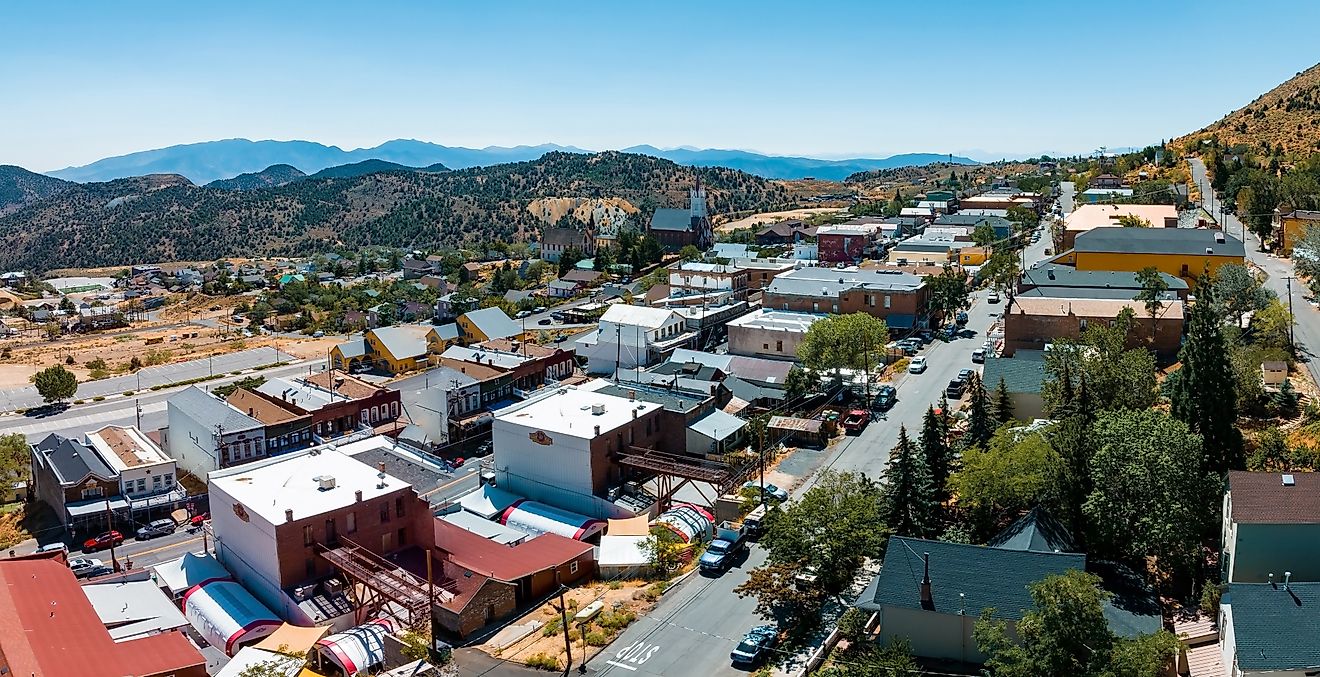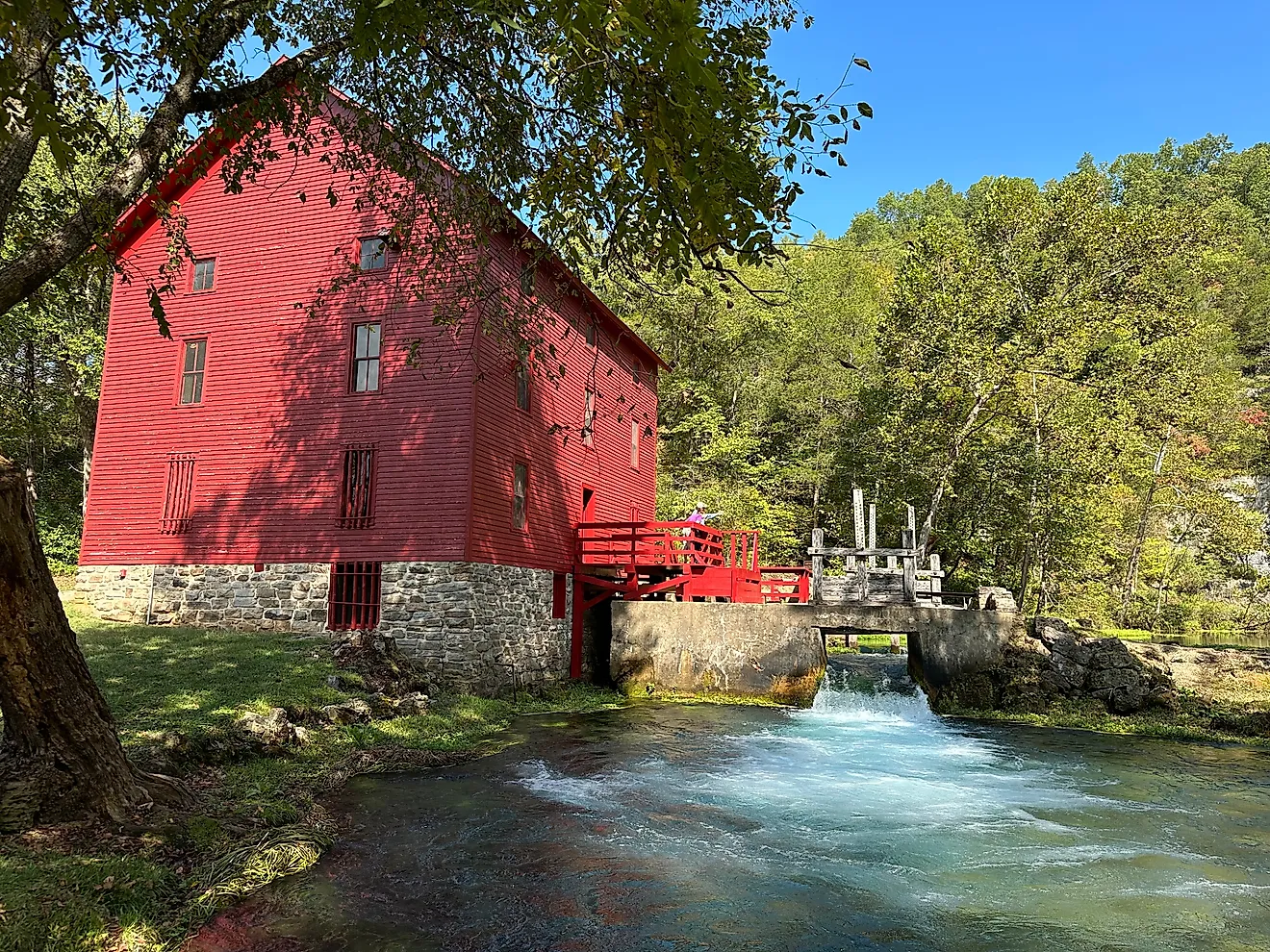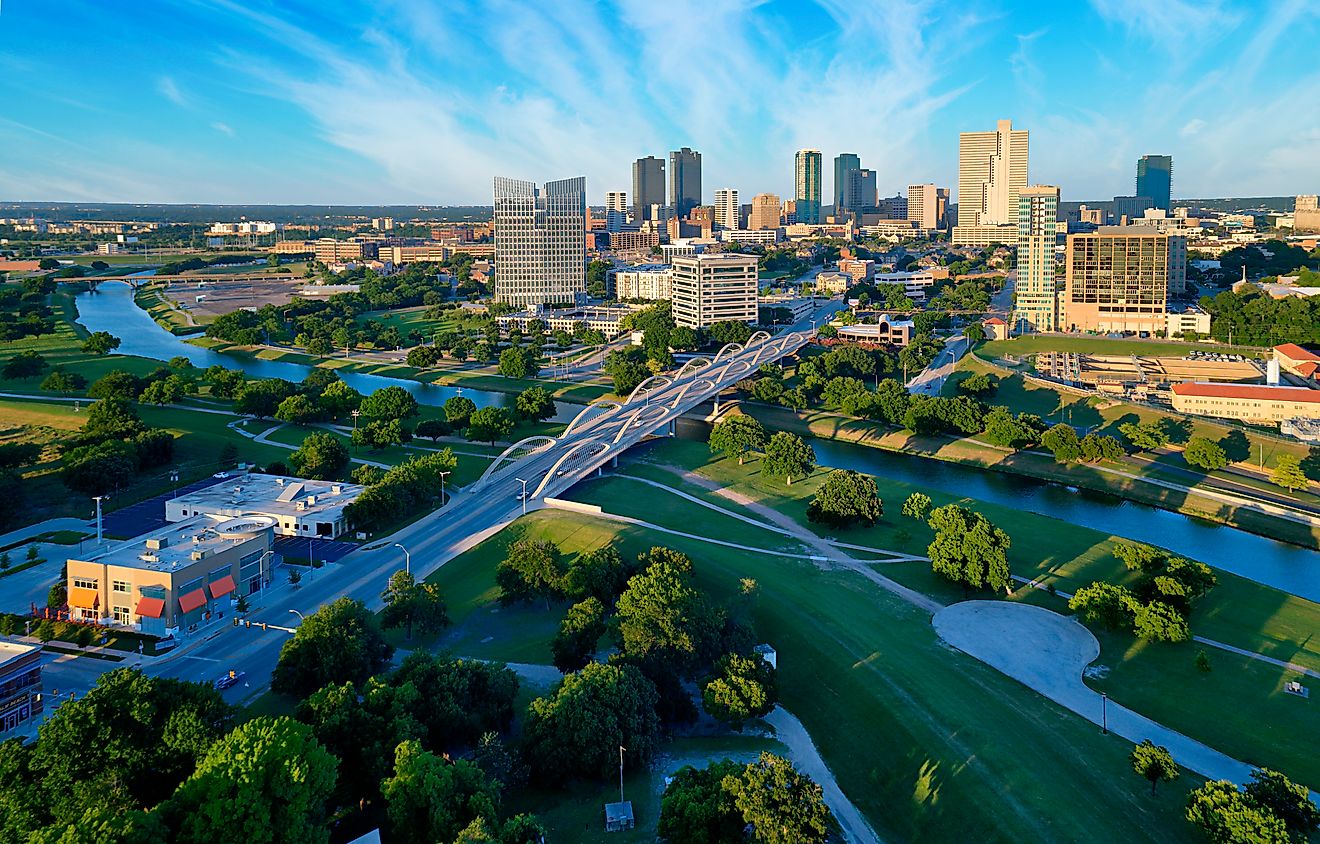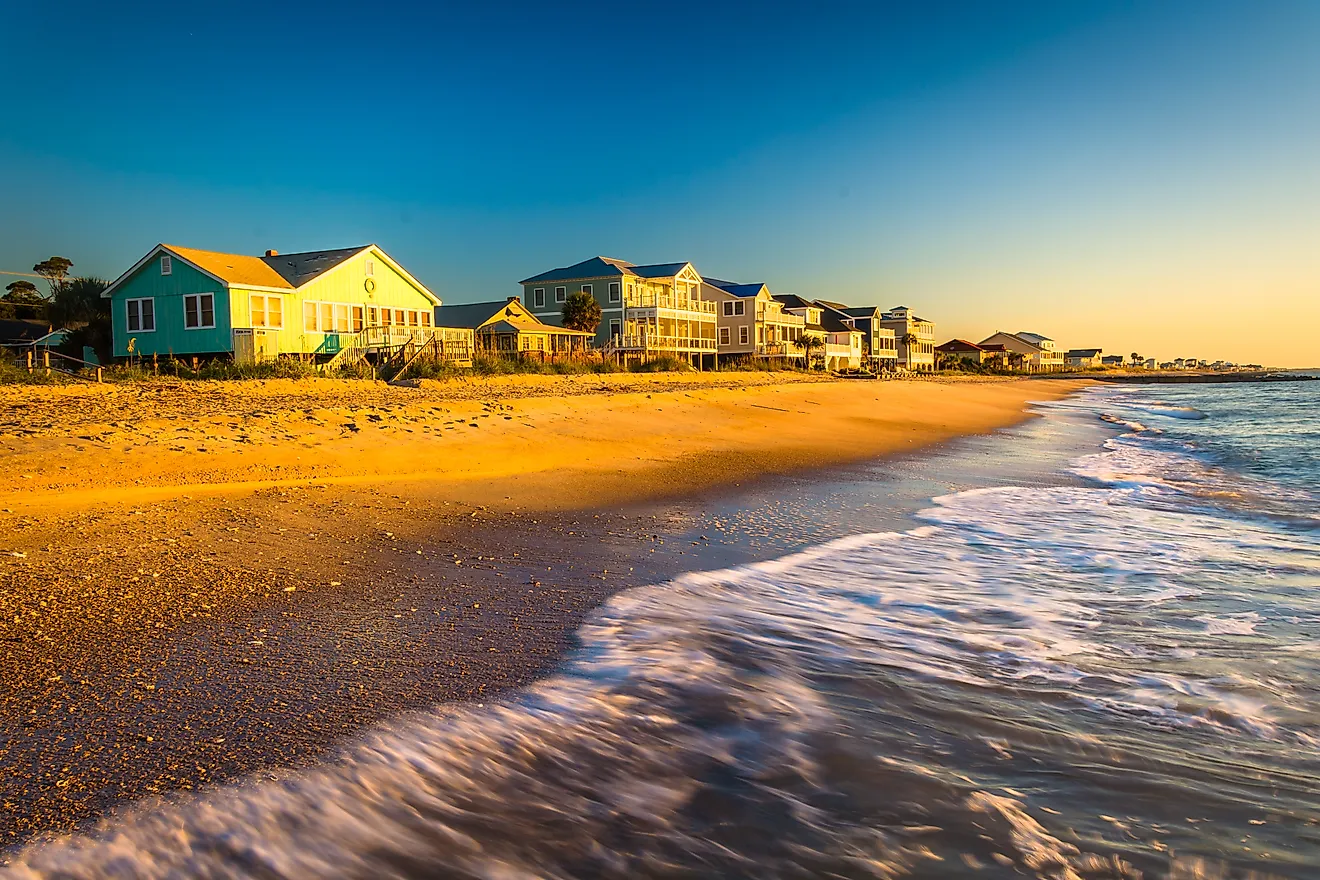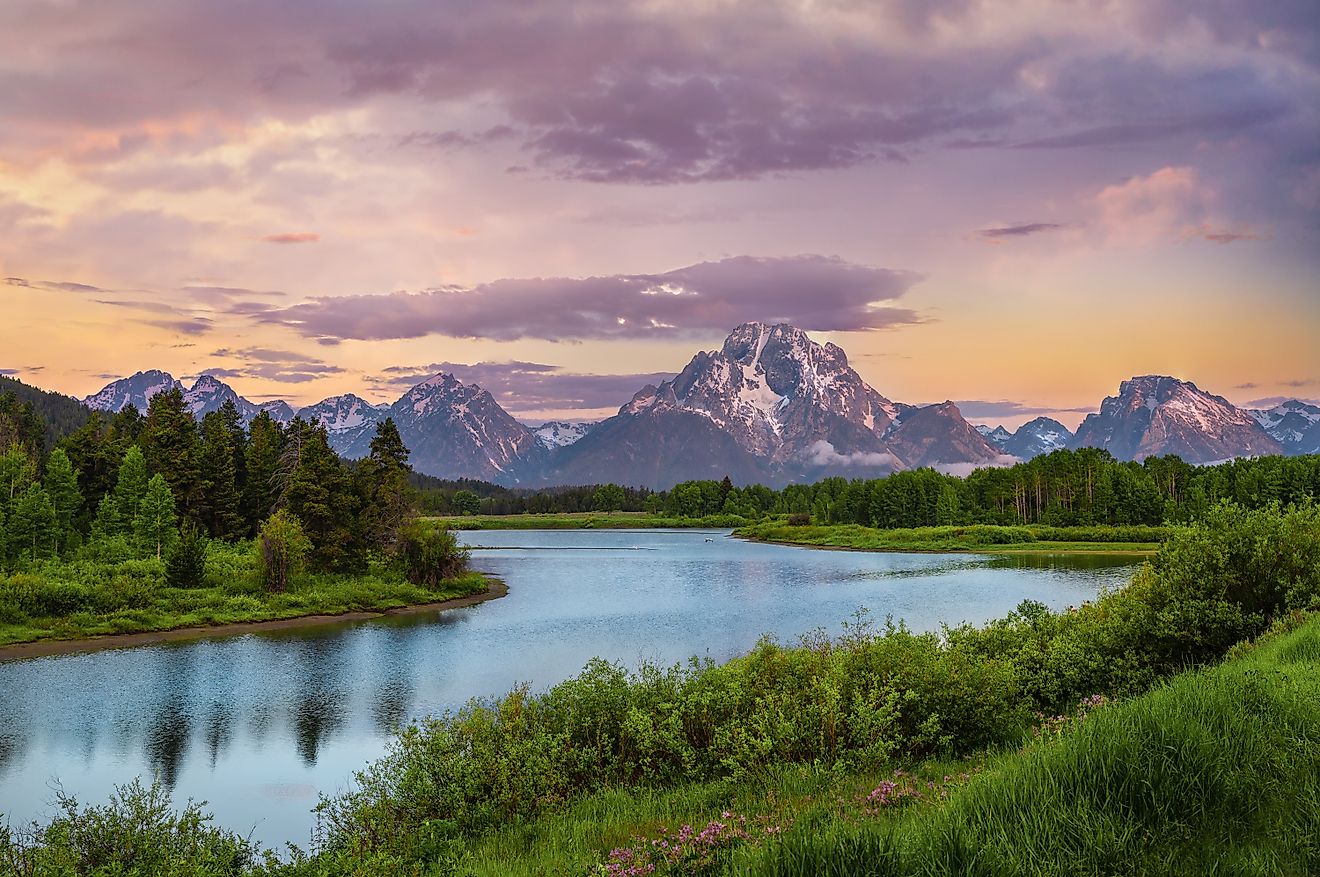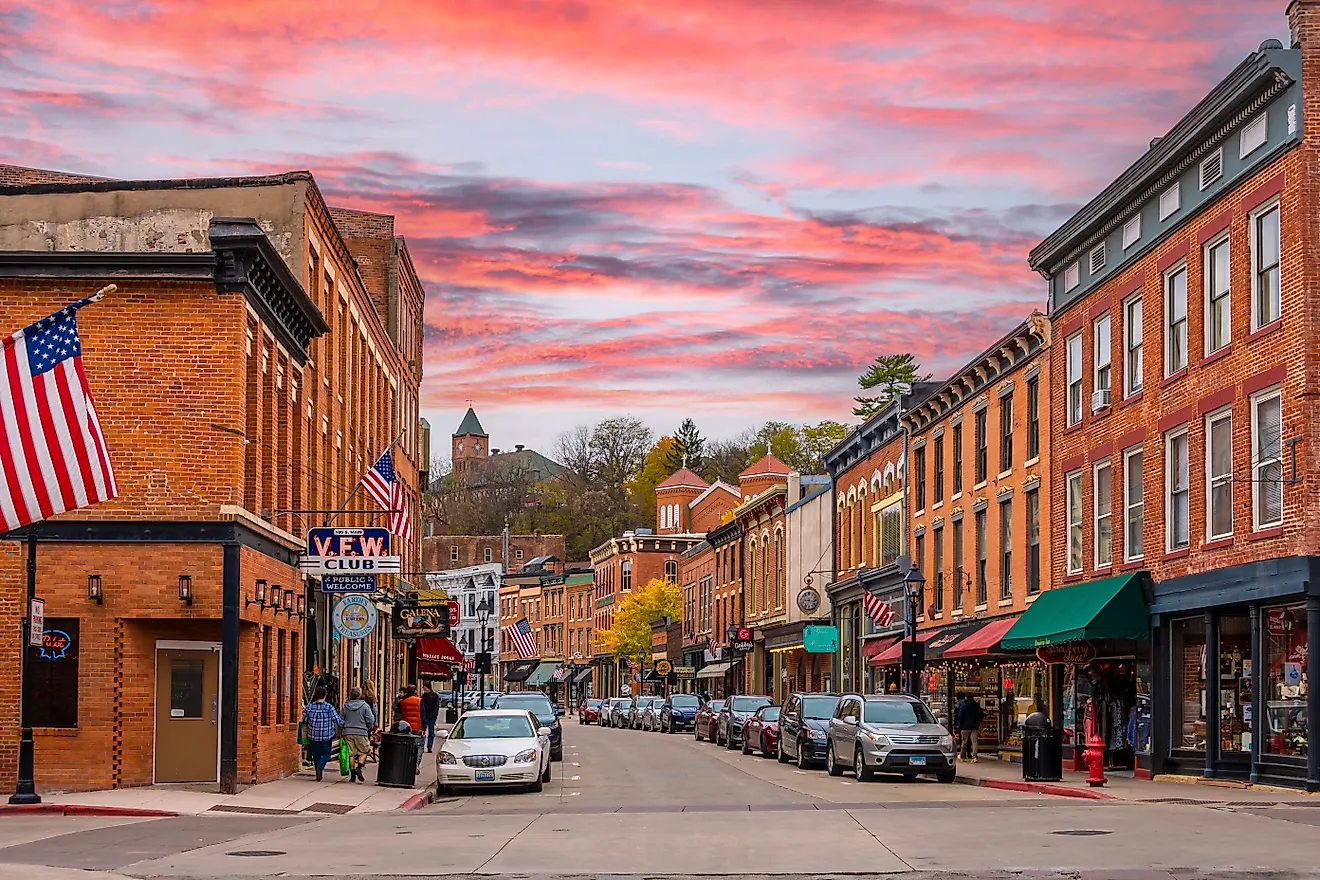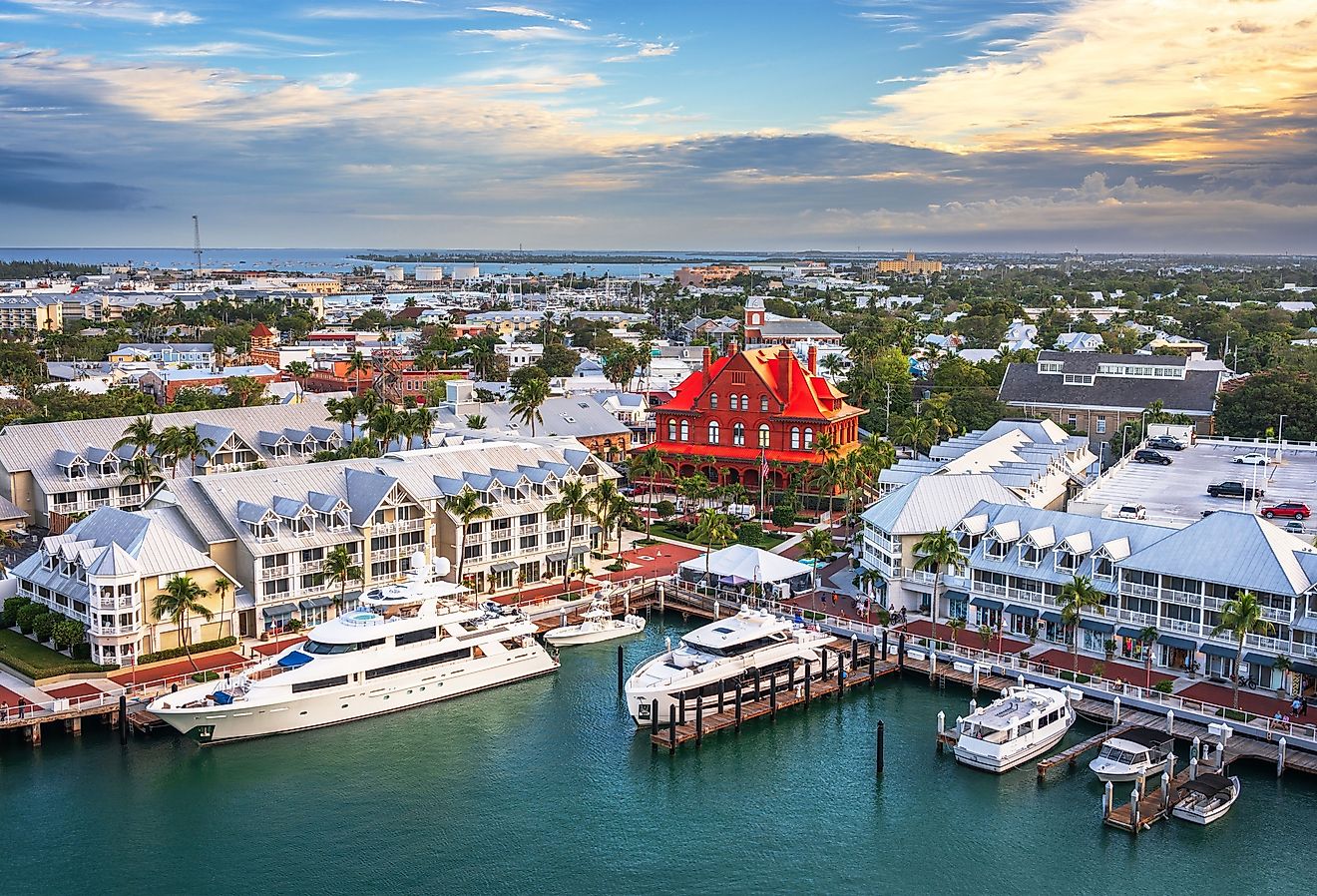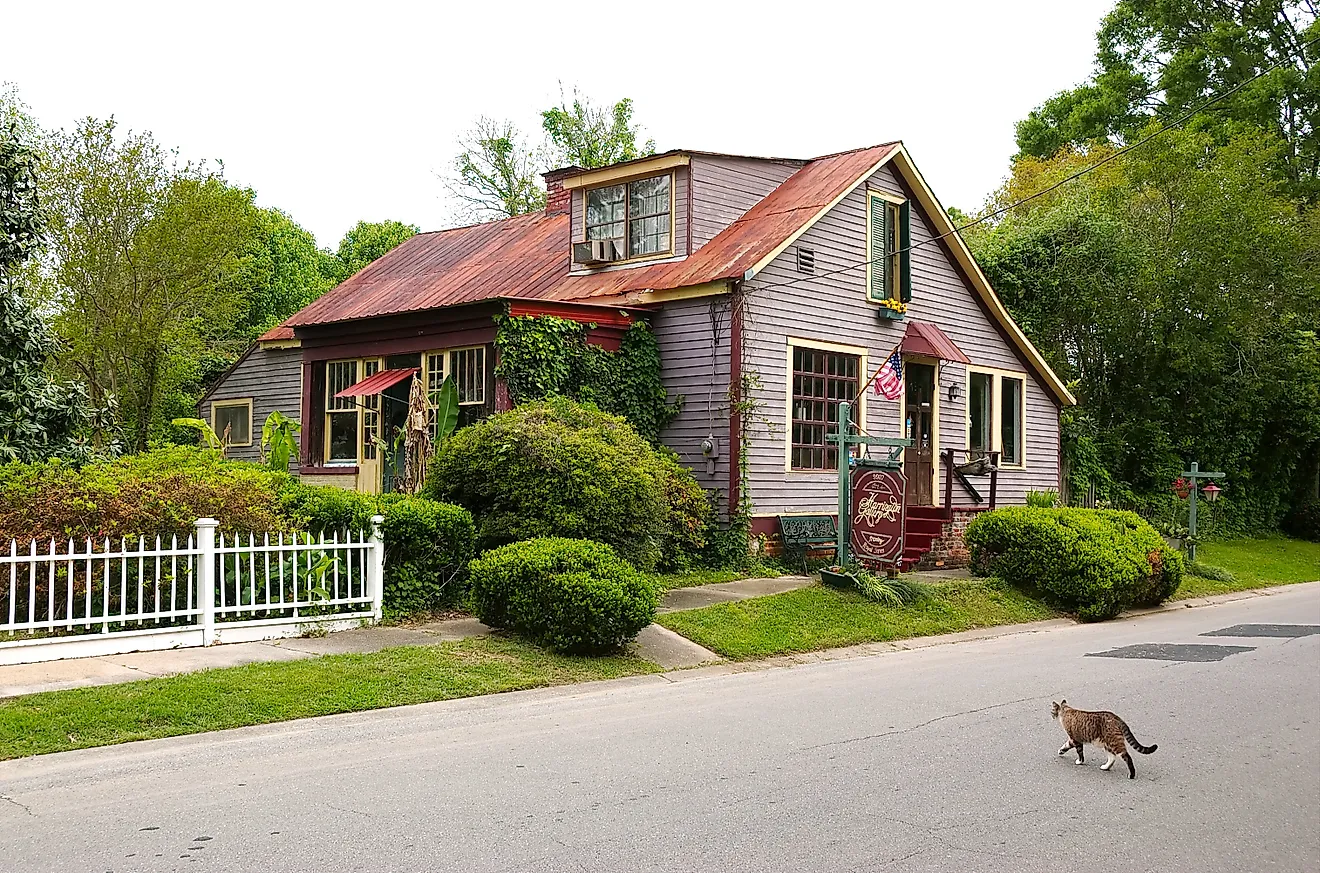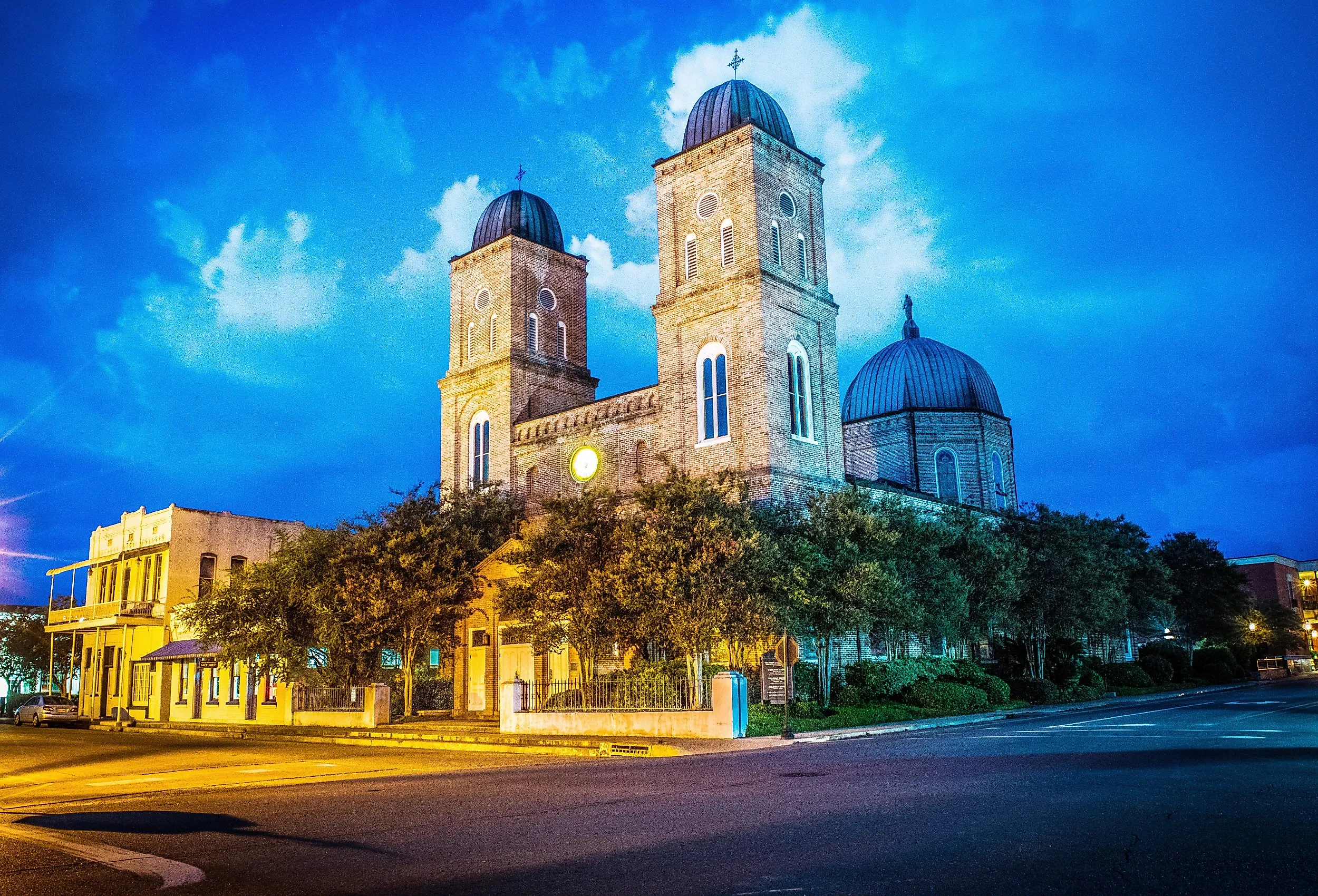
This Louisiana Town Is Older Than the State Itself
Sprouting up along the uneven banks of Cane River Lake deep in the heart of Louisiana is Natchitoches—the state's oldest permanent European settlement and one of the most historically significant towns in the entire United States. Founded in 1714, this charming small town is four years older than New Orleans, and older than the state itself (admitted to the Union in 1812), which makes it the oldest town established within the borders of present-day Louisiana. Renowned for its Creole heritage, well-preserved colonial architecture, and distinctive cuisine, Natchitoches has become a cultural treasure that honors its history while remaining a vibrant community today.
Layers of the past, including the French and Spanish colonial periods, the plantation era, and the American transition, are woven into its streets, houses, and riverbank. Now, the town delights visitors not only with fairy-tale landscapes and living history but also with a variety of attractions, festivals, natural wonders, and cuisine that has evolved from three centuries of habitation.
Historical Background
Founding and Colonial Roots
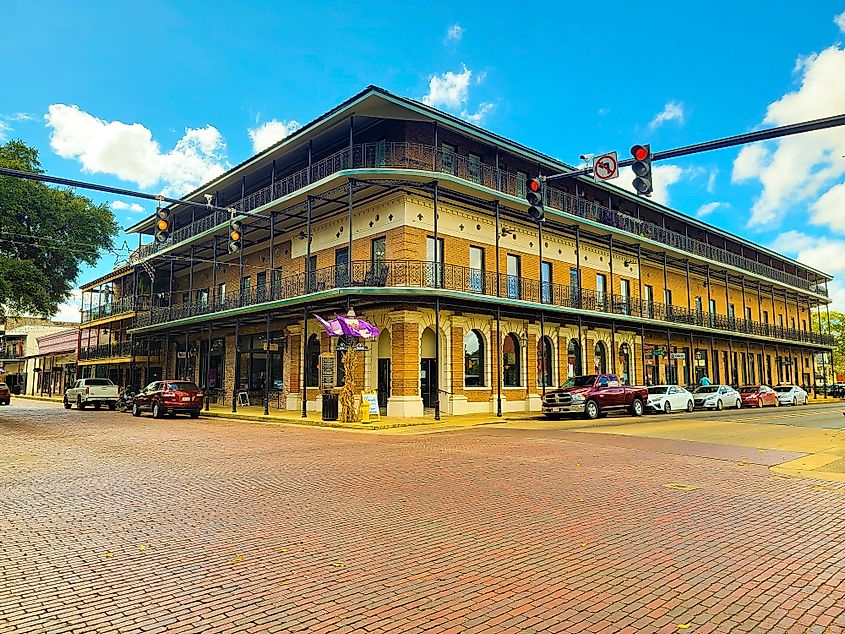
Natchitoches ("Nack-a-tish") was founded in 1714 by Louis Juchereau de Saint-Denis, a French Canadian explorer, 98 years before the state of Louisiana was admitted to the Union in 1812. Established as a trading post to thwart Spanish expansion from neighboring Texas, it occupied a strategic location along the Red River and was named after the Natchitoches tribe.
A small fort, Fort St. Jean Baptiste, was the focal point around which the town developed. In its early days, the town flourished as a hub for fur trade, cattle, and commodities between Spanish Texas and French Louisiana. Upon the Treaty of Paris in 1763, the region moved towards Spanish control, which encouraged tobacco cultivation and settlement expansion.
Plantations and American Transition
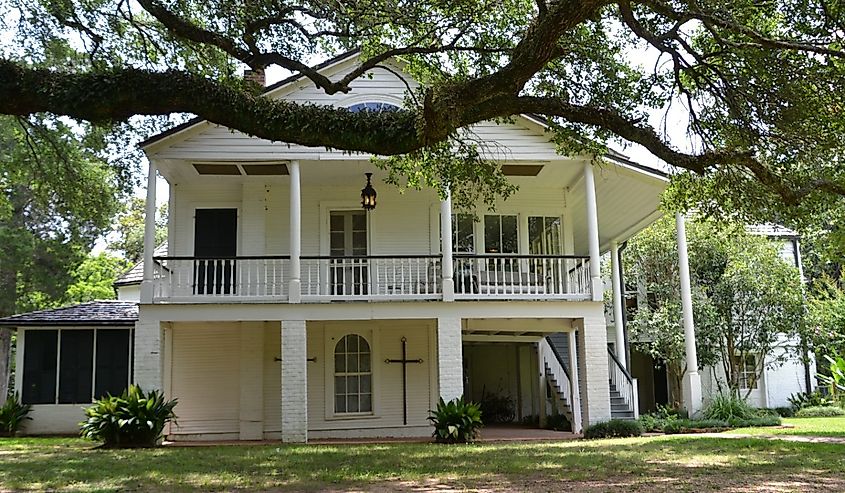
When the United States purchased Louisiana in 1803, Natchitoches was still an important crossroads of the expanding Southern economy. Its riverfront plantations—such as Oakland and Magnolia—grew cotton and tobacco, which were the backbone of the town's booming economy during the 19th century. Natchitoches welcomed American immigrants during this period, who intermingled with French, African, Spanish, and Native cultures to form a distinct Creole society.
The River Changes Course
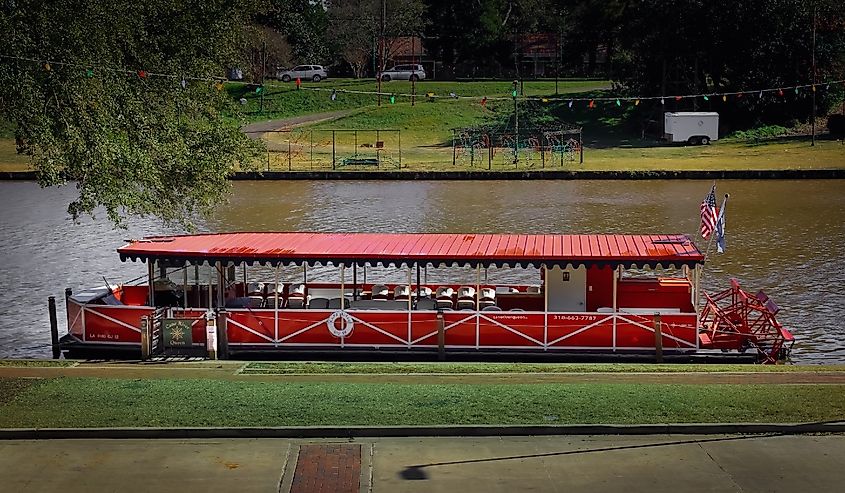
The Red River changed course in the 1800s, isolating the town from its original trade path. The cutoff channel was filled to create Cane River Lake, now giving Natchitoches its serene and scenic lakefront. While this detachment deterred trade, it also served to preserve the town's historic structure and aesthetic, protecting it from widespread modernization.
Natchitoches in the 21st Century
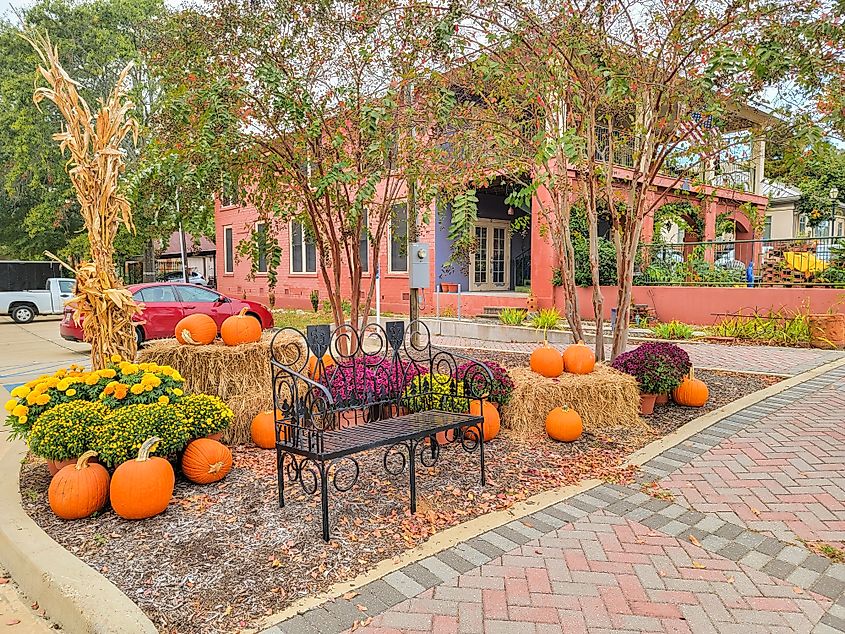
Today, Natchitoches combines heritage and hospitality equally. It is a lively cultural tourist destination, especially known for its 33-block National Historic Landmark District—a restored collection of French, Spanish, and Creole buildings that offers a walkable glimpse into history. A notable stop in the district is the The Minor Basilica of the Immaculate Conception, a church that began construction in 1857 and was not completed until 1905.
The city is also famous for its festivals, particularly the beloved Christmas Festival, and for its specialty, Natchitoches meat pies, a culinary tradition of its Creole heritage. With bed-and-breakfast inns in historic buildings, a lively university, and new museums, Natchitoches remains vibrant, honoring its past while embracing the future.
Dining in Creole Country
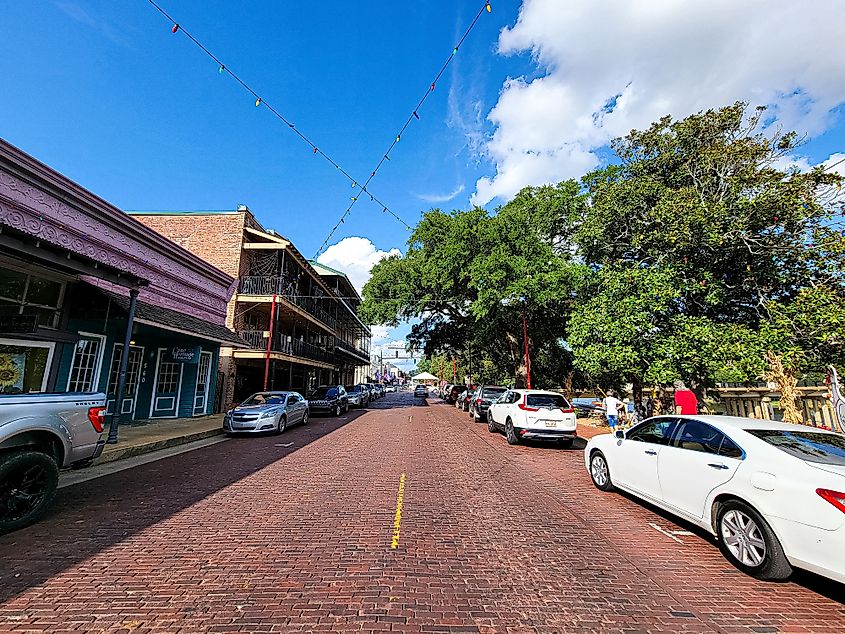
Cuisine has always been a staple of life in Louisiana, and the oldest town has gems that make it worth the trip. Natchitoches is best known for a dish called the meat pie, a flaky pastry filled with ground meat and deep-fried. This delicacy is hot and fresh at Lasyone's Meat Pie Restaurant every day. For a better take on the Cajun roots on the plate here in the parish, check out the southern staples hitting the tables at Merci Beaucoup Restaurant or dine right by Sibley Lake at the renowned Mariner's Lakefront Restaurant.
Top Attractions of Natchitoches
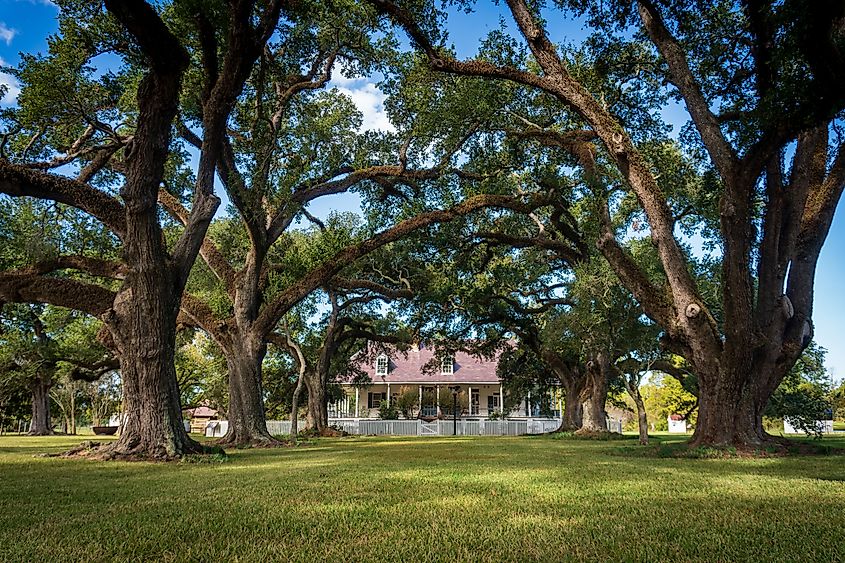
As the oldest European settlement in the state, Natchitoches is teeming with history, and many begin at the replica of the 1700s original Fort St. Jean Baptiste. The historic site is manned by costumed interpreters in period clothing. For more on the history of the region, you should check out the unique pairing found at the Louisiana Sports Hall of Fame & Northwest Louisiana History Museum, which blends exhibits of colonial life and Native American cultures with the heroes of local sports over the years. For more fun during your visit, take time to see the Cane River Creole National Historical Park, a testament to the sordid history of plantation life at the original sites of both the Oakland and Magnolia plantations, featuring artifacts and the roots of African American culture in Louisiana.
Natchitoches was the filming location for the hit 1989 movie Steel Magnolias, making it a popular tourist destination even today. There is a tour that visitors can take to see iconic filming spots like the Cook-Taylor House, now being run as a bed and breakfast.
Must-See Festivals and Events
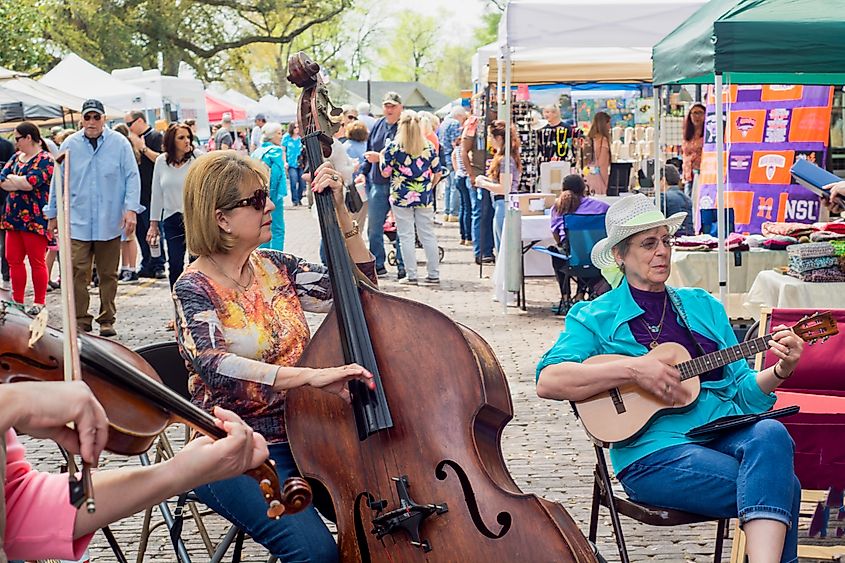
With how lively the town is on a regular day, you can be certain that this is amplified greatly when the popular festivals and gatherings occur throughout the year. One of the most popular events is the Natchitoches Christmas Festival in early December, which features more than 300,000 dazzling lights, a riverfront parade, fireworks, and live music.
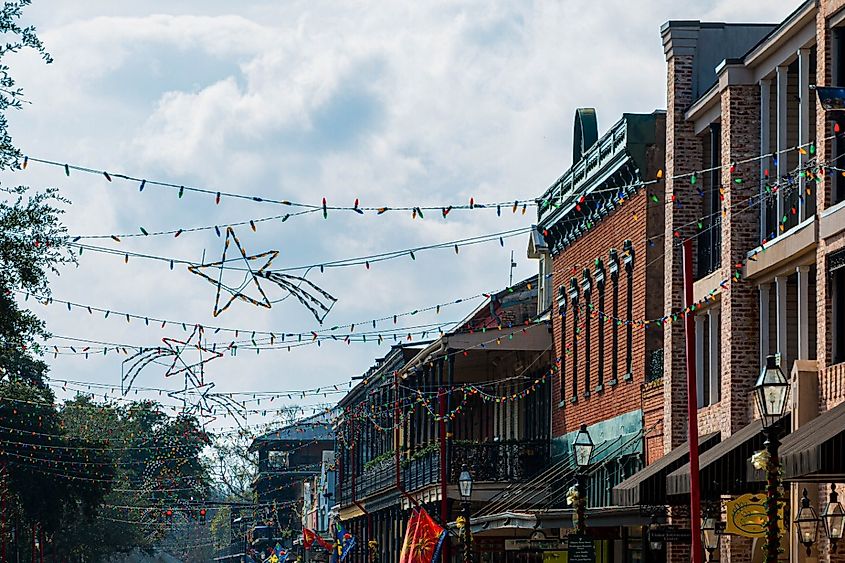
If you are traveling in September, you might want to plan around the annual Meat Pie Festival, a celebration of the town's long-running tradition of incorporating this food staple into its culture. Beyond the good eats, you can experience music, arts and crafts, and family-focused fun.
Natchitoches is much more than the oldest town in Louisiana. It is a living museum, a culinary hotspot, and a cultural crossroads that keeps fascinating residents and visitors alike. Although its history started in 1714 with French traders on a remote frontier, long before statehood in 1812, its identity has expanded to include centuries of Native American, African, Spanish, French, and American influences. Today, its scenic riverfront, restored buildings, and interactive museums create a vibrant town that invites exploration all year.
